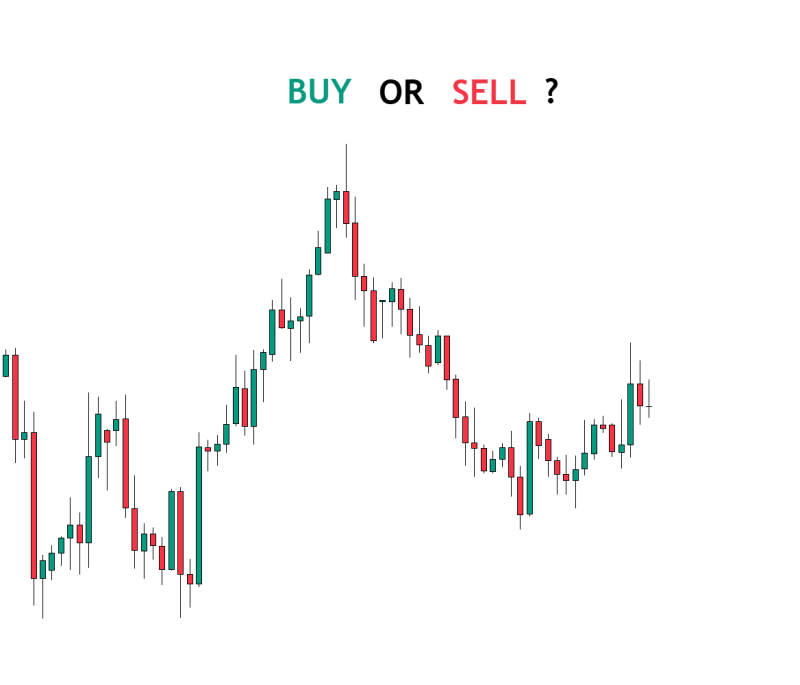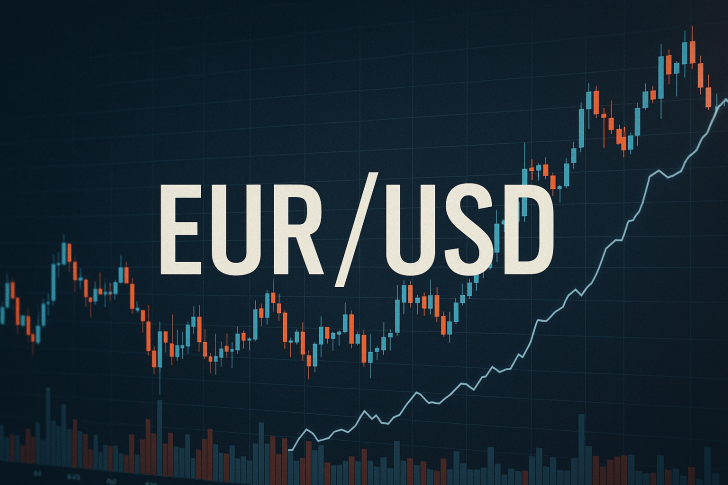The euro and dollar are in a standoff. After weeks of choppy trading, EUR/USD looks tired—trapped between nervous buyers and cautious sellers. Trader @sirrillahfx recently posed the question everyone's asking: "Buy or Sell?" The chart shows a textbook consolidation pattern, with both sides waiting for a clear signal before making their move.
Price Action Shows Indecision
As @sirrillahfx noted, this is a pivotal zone. Bulls argue that if the pair holds above current support and breaks through resistance, it could signal the start of a new upward leg—euro strength returning as the dollar cools. Bears counter that if support fails, another selloff could drag EUR/USD back toward its correction lows before buyers show up again. Both scenarios are technically valid right now. The next few sessions will probably decide which side wins out.

EUR/USD rallied hard to recent highs before entering a lengthy correction. The chart shows a steep drop followed by a modest bounce, creating lower highs and higher lows—classic consolidation territory. Right now, the pair is sitting in the middle of that range with no real conviction either way. Recent green candles hint at bullish interest, but every rally gets met with selling pressure that keeps things flat.
This kind of pattern often comes before a major breakout, as traders quietly build positions ahead of the next big move.
Key Technical Levels
The chart reveals a short-term balance between two zones. Support sits near the recent swing lows where buyers have repeatedly defended price. Resistance hovers around the previous minor peak where upward attempts keep getting rejected. Price is stuck between these levels, forming a tight mid-range structure with no breakout yet. Until one of these zones breaks, EUR/USD will likely keep grinding sideways, testing everyone's patience while the broader trend resets.
Beyond technicals, EUR/USD is reflecting broader economic uncertainty. The Fed's cautious stance on rates and mixed US inflation data have taken some wind out of the dollar's sails. Meanwhile, Europe's sluggish growth and weak industrial output have kept the euro from building momentum. With weak fundamentals on both sides, the pair has settled into a range. Traders are waiting for clarity from upcoming ECB and Fed statements, plus fresh economic data due later this month.
The immediate question is simple: which level breaks first? A clean move above resistance would flip sentiment bullish and attract momentum traders. A break below support would open the door to deeper losses and renewed dollar strength. Until then, expect more sideways action and false breakouts. Patience is key in these consolidation phases—the big move is coming, but trying to predict it too early can be costly.
 Peter Smith
Peter Smith

 Peter Smith
Peter Smith


